An island rescue team has looked back on its most memorable operations to mark the Coastguard’s 200th anniversary.
Murdo Macaulay, now area commander of the Stornoway Coastguard team that covers the Western Isles, Skye, and Lochaber, has been part of the team for 23 years.
In overseeing countless complex rescues, he’s seen just how far the Coastguard has come in its two centuries of service.
A turning point in that history was the Clan Macquarrie rescue of 1953. Like almost everyone in the Hebrides, Mr Macaulay knows the story well.
The Clan Macquarrie was a British steamer that was stranded off the coast of Lewis by a hurricane.
The Coastguard team had to use a ‘breeches buoy’ system, in which wearable flotation devices connected to pulleys are fired by rocket to people in danger.
In total, they rescued 66 men from the Clan Macquarrie, making it the largest ever rescue by breeches buoy.
Stornoway’s Coastguard was awarded the Department for Transport Rescue Shield for their bravery.
It was the first time they received the honour – but it wouldn’t be the last.
Much more recently – in fact, exactly four years ago, Duty Senior Coastal Operations Officer Ron Maclean and his team rescued an 87-year-old man from the cliffs of St Kilda.
The operation quickly became world-renowned.
‘The sheer height of the cliffs’
The archipelago has the highest sea cliffs in the UK, which meant that the man was in danger of falling hundreds of feet.
Another key member of the team that day was Stornoway Coastguard’s station officer, Willie Campbell.
The rope technician is speaking about it publicly for the first time.
Within 15 minutes of first reports of a “fallen walker”, the team and equipment were en route to the airport.
“Due to the noise in the aircraft we were only able to communicate by passing each other notes.”
He says that, “although it was not said out loud we believed that, given the sheer height of the cliffs in St Kilda, this would most likely be a recovery” – meaning the recovery of a body.
But when they arrived at the scene, the casualty was alive – but at the base of an “extremely steep” slope. He had a straight drop of around 400 to 500 feet below him.
And it wasn’t just the height of the rescue that made it so remarkable: it was how little time the team had.
‘We were only going to get one shot’
As they offloaded and prepared their equipment, they were told that “the casualty had slipped a further two meters in the last five minutes.”
“His ankles were now hanging over the edge. We were only going to get one shot.”
It was an extremely delicate operation, as the man had to be reached by rope.
“The helicopter would have blown him off the cliff face,” said Mr Macaulay.
Mr Campbell recalls the “huge relief” the team felt when the first cliff technician was able to reach and secure the casualty.
He was then lowered to the ledge himself, bringing a stretcher.
Getting the casualty on to the stretcher was “a very challenging operation in a very precarious position, as every time we moved our feet would slip over the edge.”
It was impossible to forget that they were also “40+ miles out in the Atlantic.”
But after a “very demanding” climb back to safer ground, the team had managed one of the riskiest operations in the Coastguard’s history.
“We transferred the stretcher onto the helicopter and as it flew off into the distance we were left to the quietness of St Kilda, trying to comprehend what had just happened.”
“Everything felt like it was going at 100 mph and then it was all over.”
All that was left was to have a well-deserved drink St Kilda’s pub, the Puff Inn.
‘No quick and simple option’
Looking back at the Stornoway Coastguards two award-winning rescues, Mr Macaulay was struck by the contrast between them.
All in all, he said, the St Kilda rescue took “a couple of hours” using state-of-the-art gear.
He compared it to 1953, “when you were lugging equipment by carts”.
“The Clan Macquarrie rescue took two days.”
And, only four years after the St Kilda rescue, Mr Macaulay says that the technology is already being pushed further.
He highlighted the team’s rescue of a climber near Bragar earlier this month.
“Because the casualty was completely wedged,” he says, a helicopter couldn’t reach him.
“There was no quick and simple extraction option for our teams, and it took every single person that we have in the islands with all the rope equipment we’ve got.”
“It was certainly the most technical rescue I’ve seen in 23 years.”
‘It’s like chalk and cheese’
Mr Campbell also praised the improvements in search-and-rescue technology and strategy seen in recent years.
“It’s like chalk and cheese compared to what we used to do.”
“We used to just ask where they were seen last, and then start looking.”
Now, he says, Coastguard Search Advisers are able to generate a profile.
“We ask all these questions, and then you can categorize people.”
By looking through the database of similar missing people, patterns can then be used to pinpoint likely areas.
“I can honestly say to you that since we’ve introduced this, every search I’ve been on – and it’s dozens a year – we’ve found absolutely everybody.”
But he stressed that it all comes down to the team’s hard work.
“We’ve got full-timers there who are training us all the time, testing us all the time.”
Rope rescues like the one in St Kilda are rare, but, Mr Campbell says, it’s one they practise more.
“It doesn’t matter how much you use the kit — you train on it. And you train on it very, very regularly.
“All the guys are committed. And if it wasn’t for that, a lot of people who are walking around now wouldn’t be.”
‘I’m fast asleep – and then my pager goes off”
The rigorous training and unpredictable hours mean that being part of the Coastguard is unlike any other job.
“What’s unique about Stornoway Coastguard team,” says Mr Campbell, is that “there could be something going on in Barra, there could be something going on in Portree.”
Helicopters mean that, wherever the emergency, the team isn’t far away.
“I’ve got examples where I’ve gone to bed on Sunday, I’m fast asleep – and then my pager goes off.”
“We’ve gone down to the helicopter, down to South Uist, carried out a search in South Uist, back home, had a shower, and I’ve still gotten up to work at 8 o’clock on Monday morning.”
But, for the people on the team, Coastguard life quickly becomes their normal.
“We do a job,” says Mr Campbell. “You get into the habit of boxing it up and moving on.”
‘Didn’t expect any awards’
Even as he recounted the St Kilda rescue, he noted that the team “didn’t expect any awards for it.”
To the people they keep safe, though, their actions will always be extraordinary.
Stephen Scott is just one of the countless people the Stornoway Coastguard has helped over the past 200 years.
In 2011, he ruptured his patella tendon during the annual Ben Kenneth race in Lochboisdale.
The next year, he ran it again – to raise money for the people who rescued him from the mountain.
He managed to raise £1,600 pounds for Stornoway’s Coastguard.
He did it, he says, “in honour of the help I received”.
Are you interested in more exclusive and breaking Highland and Islands news from the P&J? If so, why not join our dedicated Facebook page HERE
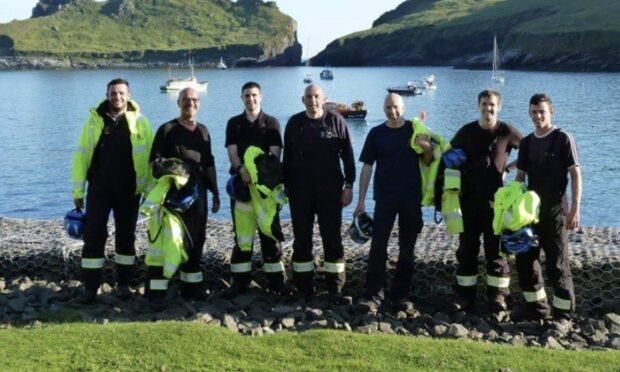
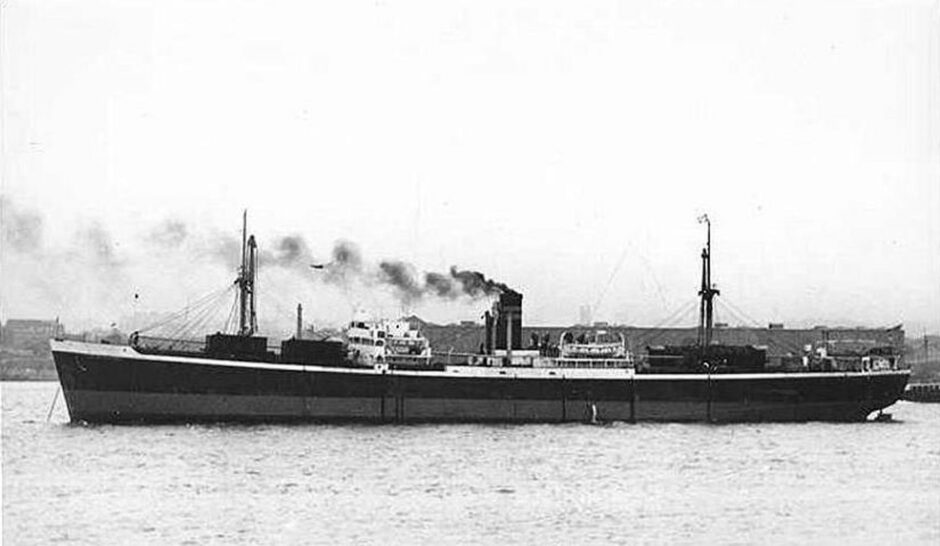
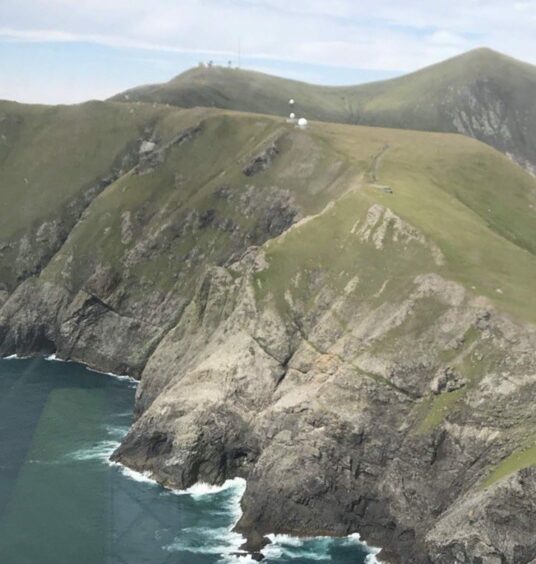
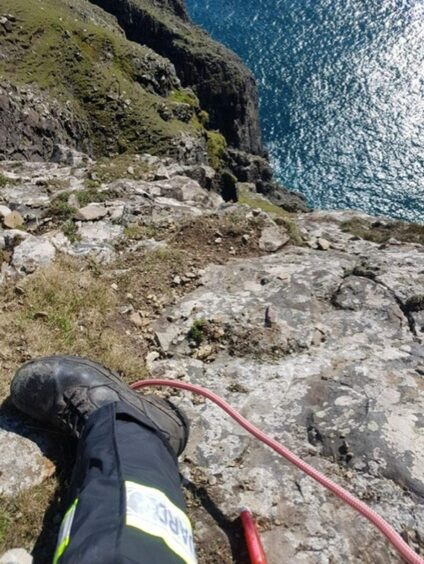
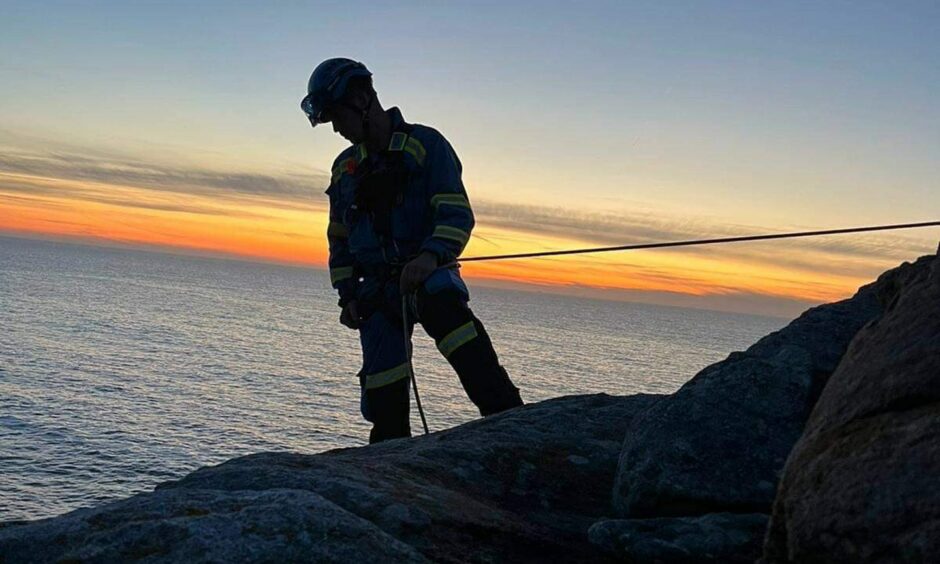
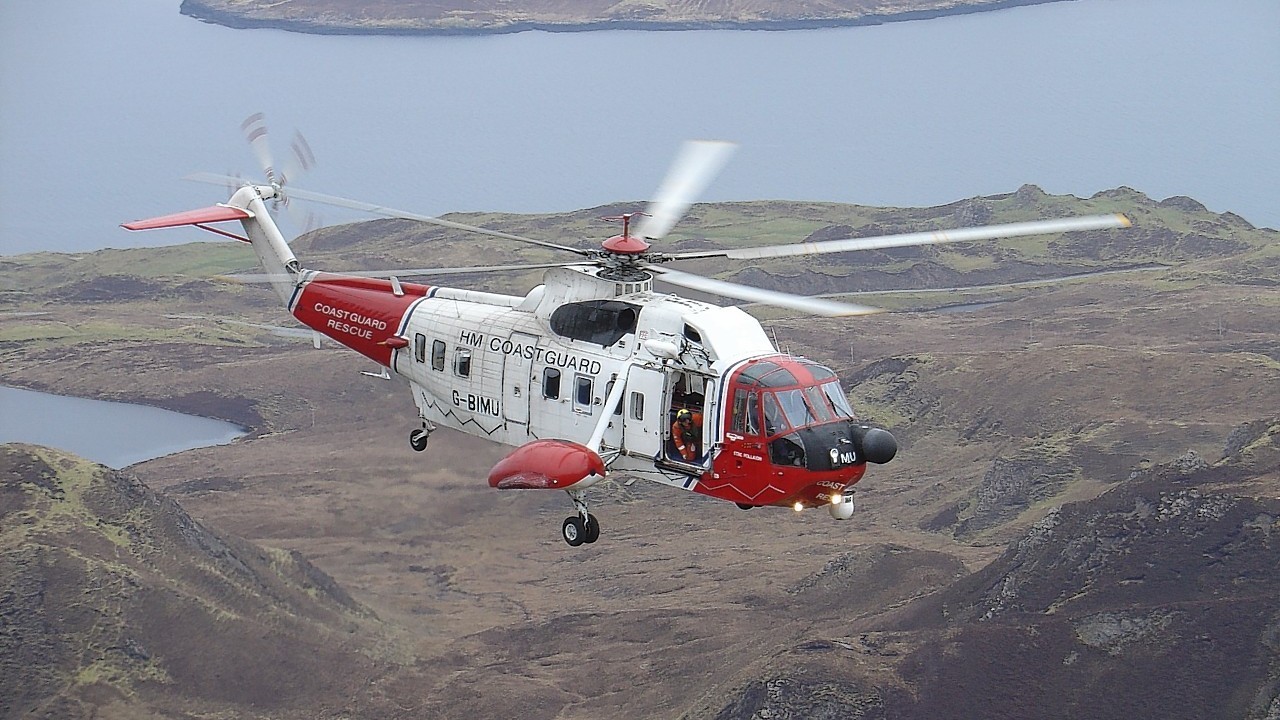
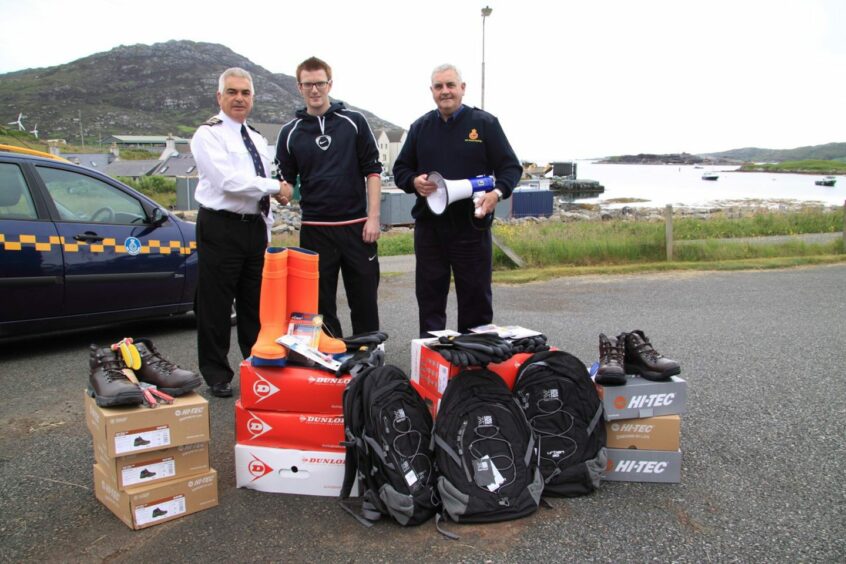
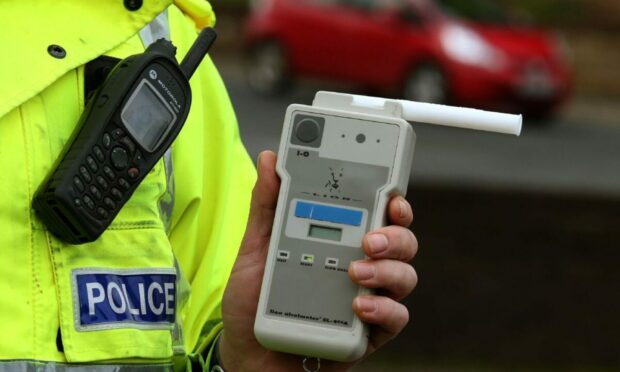
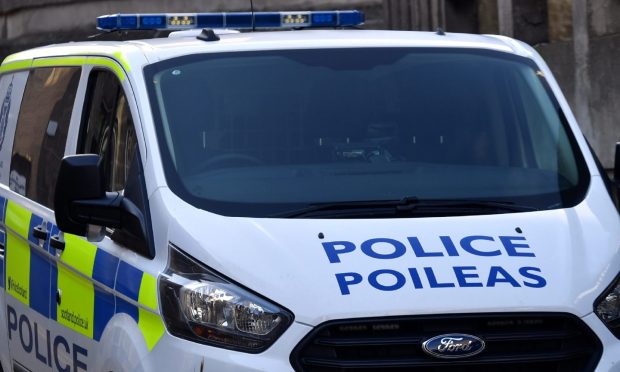
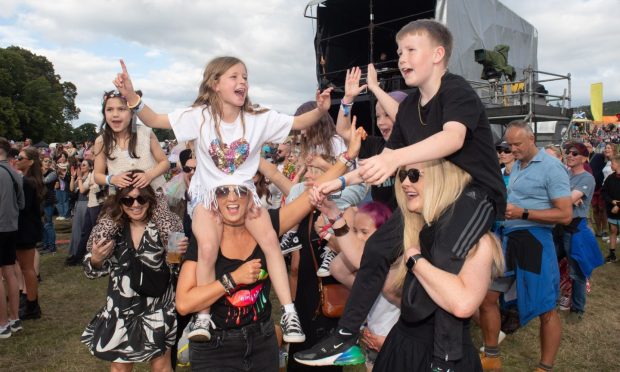
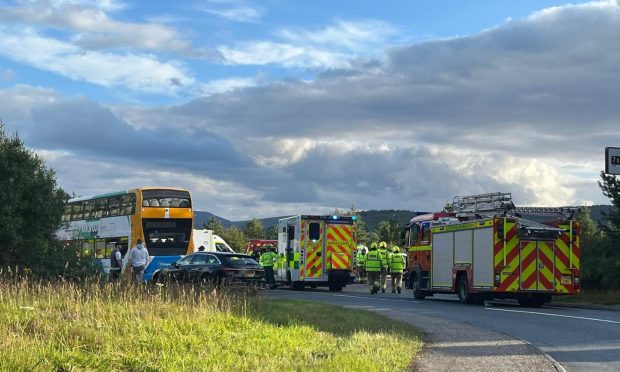
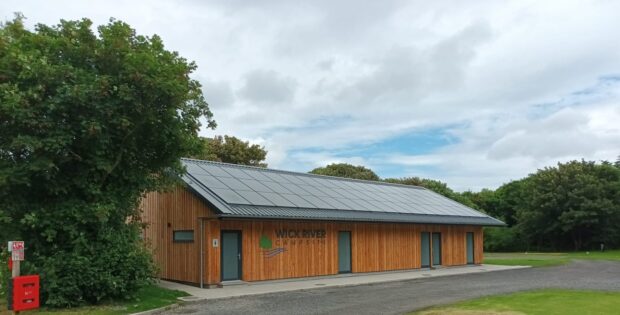
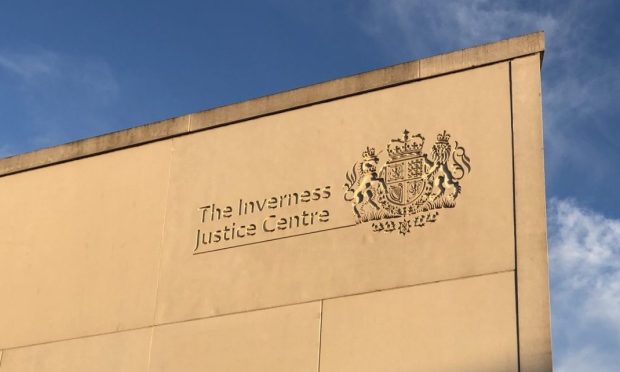

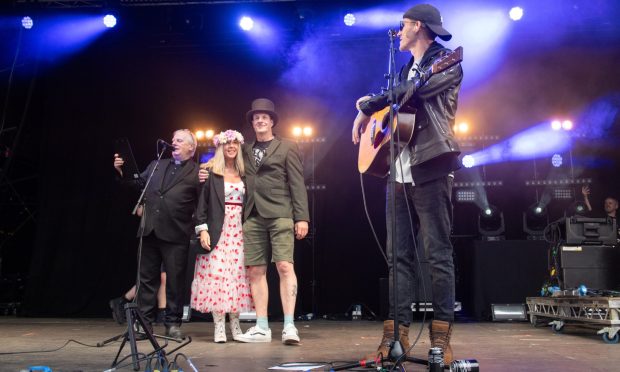
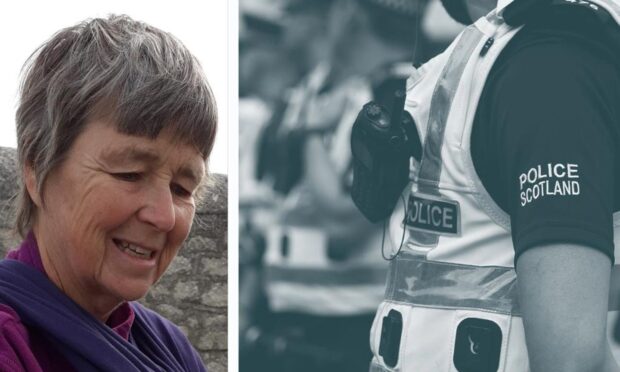
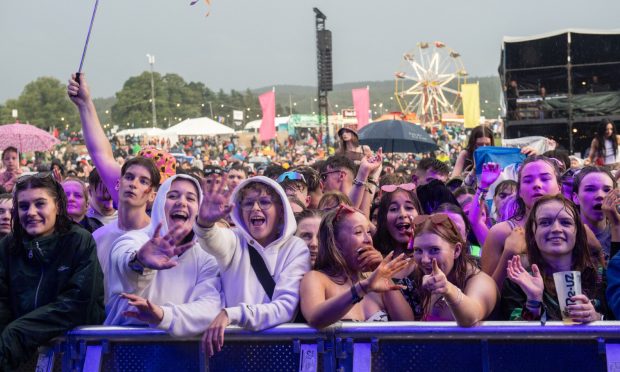
Conversation